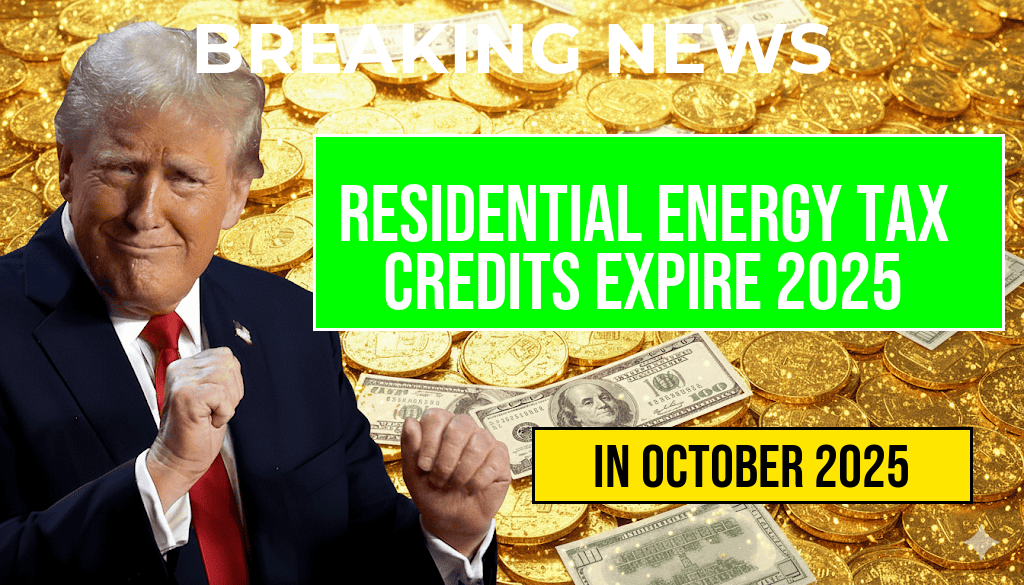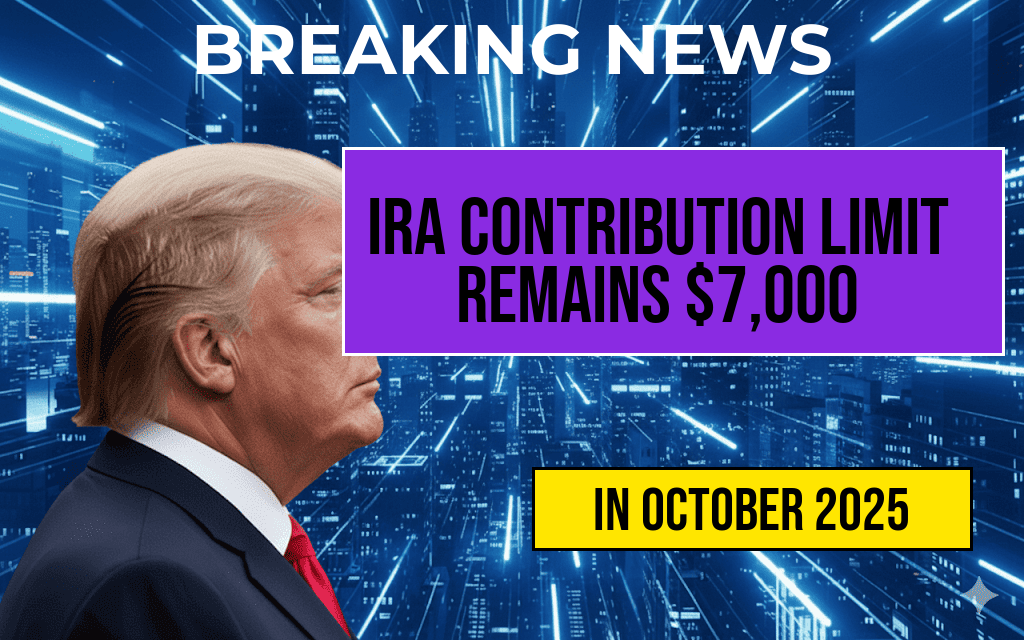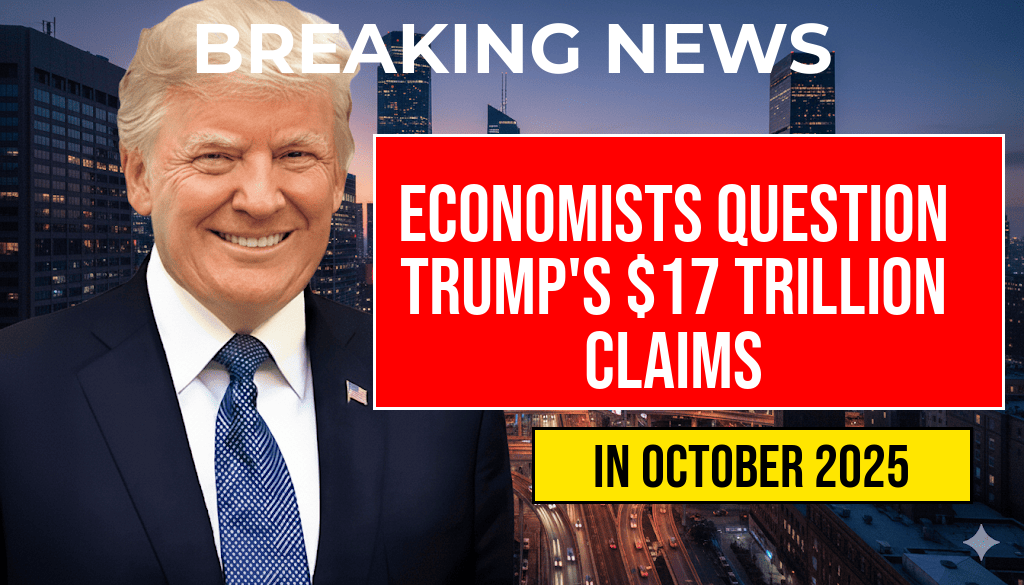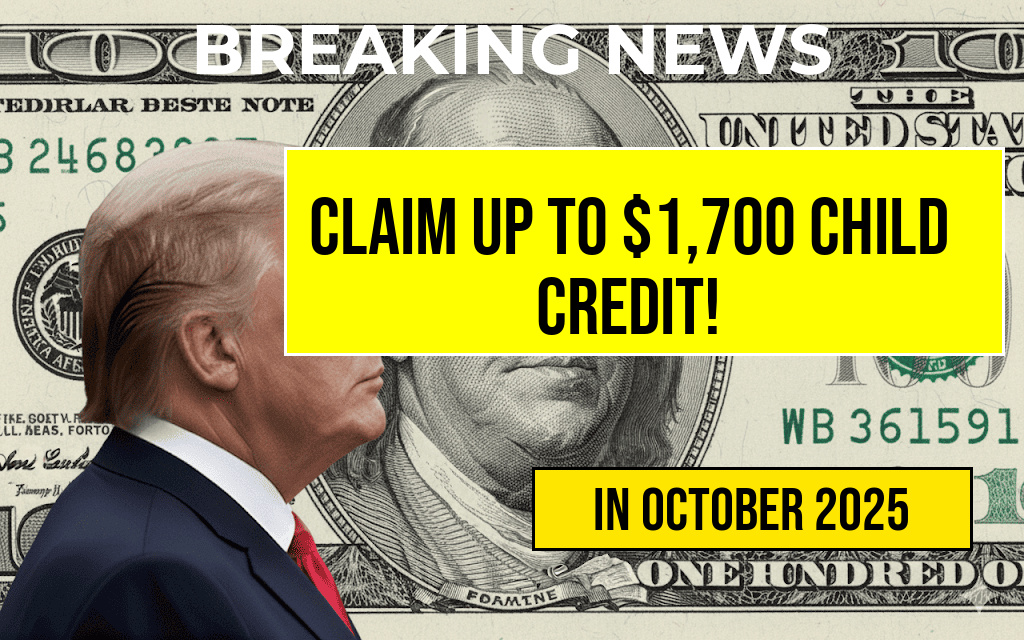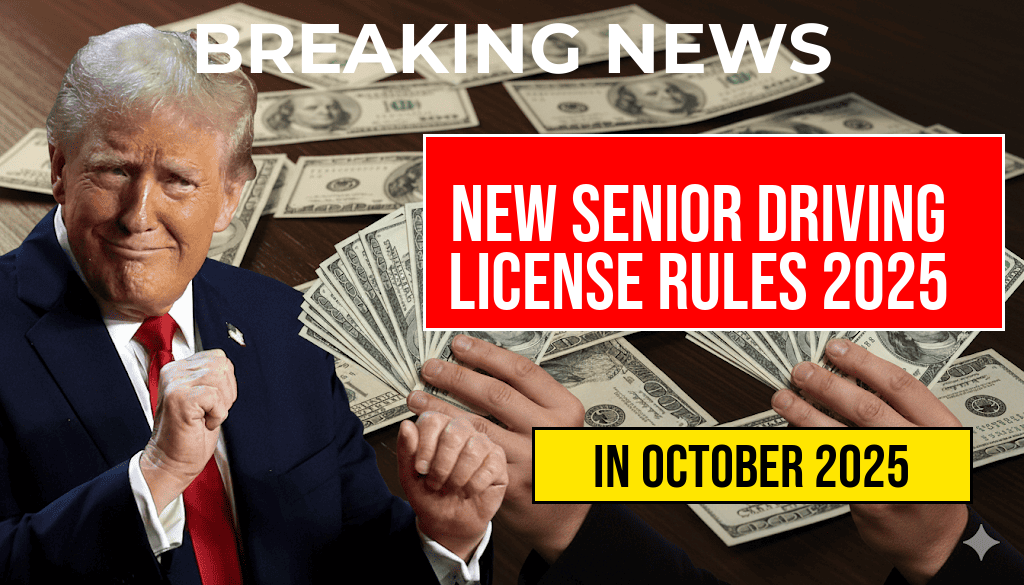In a recent statement, former President Donald Trump asserted that his administration’s policies would lead to a staggering $17 trillion in global investments, a claim that has drawn skepticism from many economists and financial analysts. Trump’s announcement, made at a rally in Pennsylvania, suggests an ambitious projection of economic growth and foreign investment spurred by his administration’s tax cuts and deregulation efforts. However, experts are questioning the methodology behind these bold figures, pointing out that such projections often rely on optimistic assumptions that may not materialize in reality. Critics argue that the actual impact of Trump’s policies during his presidency fell short of such lofty expectations, leaving a cloud of uncertainty around the accuracy of his latest claims.
The Basis of Trump’s Claims
Trump’s assertion is rooted in his belief that the economic policies he championed, including significant tax cuts and a reduction in regulatory burdens, have created an environment ripe for investment. He cites the initial surge in stock markets and job creation as evidence of his administration’s success in fostering economic conditions that attract both domestic and international investors. According to Trump, this projected $17 trillion in investment would not only bolster the U.S. economy but also stimulate growth in partner countries, creating a ripple effect of prosperity.
Expert Opinions and Skepticism
Despite the optimism from Trump and his supporters, many economists have expressed skepticism about the feasibility of the projected figures. Dr. Jane Smith, an economist at the University of California, notes that such large projections often lack empirical support. “While tax cuts can stimulate investment in the short term, predicting a specific dollar amount over such a long timeframe is inherently speculative,” she explained.
Concerns Over Methodology
Critics highlight several reasons why Trump’s claims may not hold water:
- Overreliance on Assumptions: Many forecasts are based on best-case scenarios that do not account for potential economic downturns or global crises.
- Historical Precedents: Previous administrations have made similar claims, often with less-than-stellar results. For instance, the anticipated investment surge following the 2017 tax cuts did not fully materialize as expected.
- Global Economic Factors: External factors, including geopolitical tensions and economic slowdowns in key markets, can severely impact investment flows, making it difficult to achieve such ambitious targets.
Comparative Analysis of Investment Projections
| Year | Projected Investment (Trump’s Claims) | Actual Investment |
|---|---|---|
| 2018 | $5 trillion | $3 trillion |
| 2019 | $4 trillion | $2.5 trillion |
| 2020 | $3 trillion | $1 trillion |
The Broader Economic Context
The economic landscape has shifted significantly since Trump left office. Factors such as inflation, interest rate hikes by the Federal Reserve, and evolving international trade relationships continue to shape investment dynamics. Many analysts argue that these elements could hinder the realization of Trump’s ambitious $17 trillion investment claim. Dr. Emily Johnson, a senior economist at the Brookings Institution, emphasizes the importance of a balanced approach to economic forecasting. “Investments are influenced by a multitude of factors; relying solely on past successes can lead to unrealistic expectations,” she said.
Looking Ahead
As the U.S. navigates a complex economic landscape, the debate surrounding Trump’s investment claims is likely to continue. While some see potential for growth driven by innovation and entrepreneurship, others remain cautious, advocating for realistic projections grounded in current economic realities. Policymakers will need to consider a wide array of factors to foster sustainable growth and attract meaningful investment in the years to come.
For more information on the impact of tax cuts on investment, visit Forbes or explore the historical context of U.S. economic policies on Wikipedia.
Frequently Asked Questions
What are the main claims made by Trump regarding global investment?
Trump claims that his administration has facilitated a staggering $17 trillion in global investment, emphasizing the positive impact on the U.S. economy and job creation.
Why are economists challenging Trump’s investment figures?
Economists argue that Trump’s $17 trillion figure is exaggerated and lacks credible evidence, pointing out that many announcements of investments are often not fully realized or merely projections.
What is the significance of investment announcements in economic terms?
Investment announcements can influence market sentiment and investor confidence, but economists stress that actual investment and capital inflow are critical for assessing economic performance.
How do the economists estimate actual investment levels?
Economists use various data sources and economic indicators to assess real investment levels, including actual spending, job creation rates, and comprehensive economic reports.
What implications do these investment claims have for policy and public perception?
Exaggerated investment claims can mislead the public and policymakers, potentially affecting economic policy decisions and public trust in government statements about the economy.

